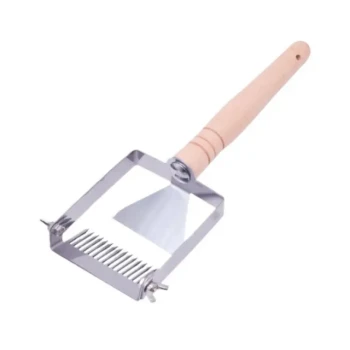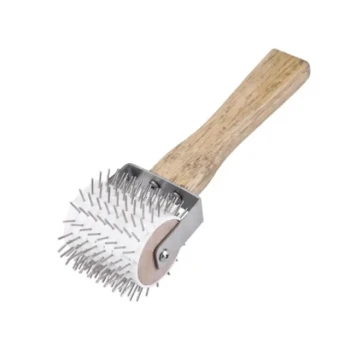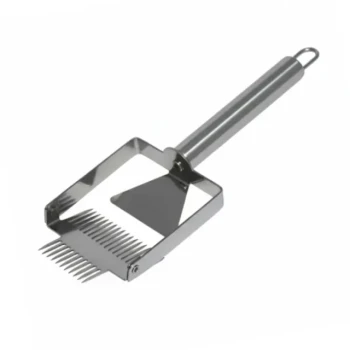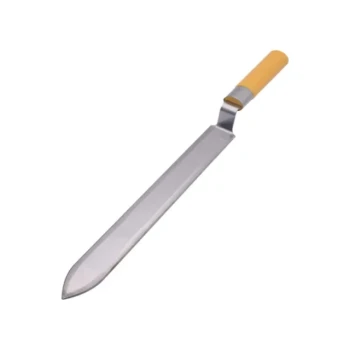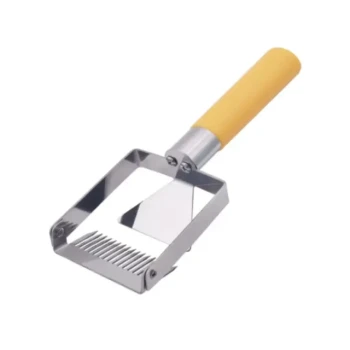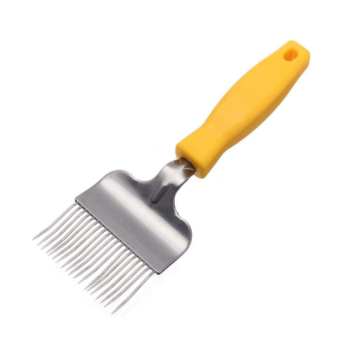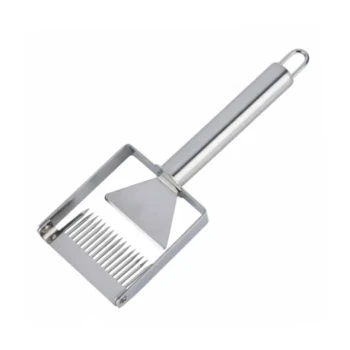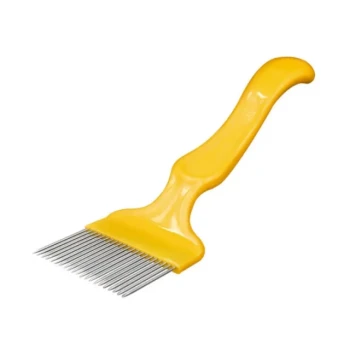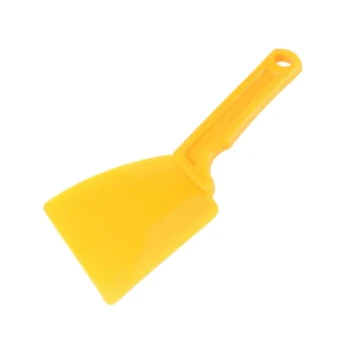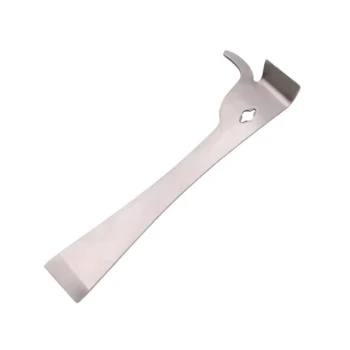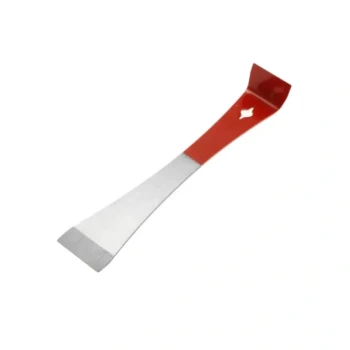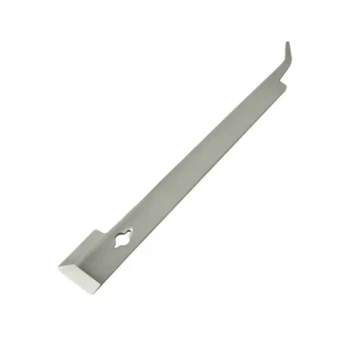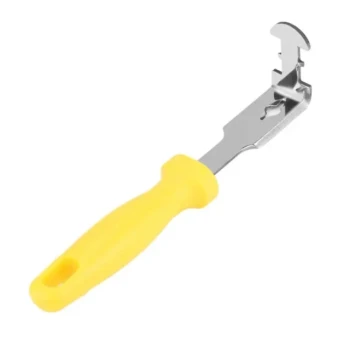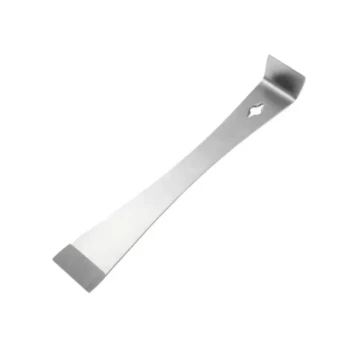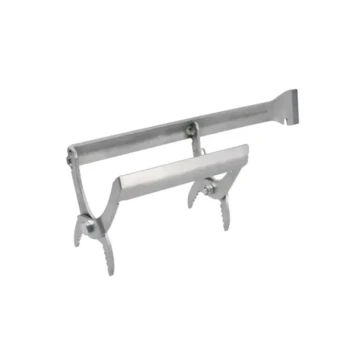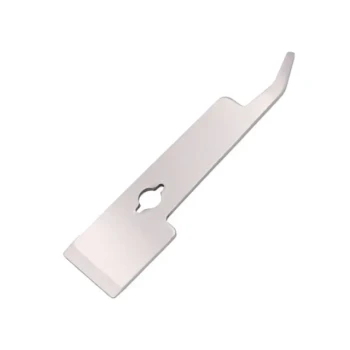In short, bees do not intentionally uncap cured honey. When you see uncapped or "wet" cells, it is almost always a sign that the honey is not ready for storage due to high moisture content. The bees are holding off on capping it because sealing uncured honey would cause it to ferment, spoil, and potentially damage the entire comb.
The presence of uncapped honey is a critical signal from the colony. It indicates a problem with the honey curing process, usually caused by excess moisture that the bees are struggling to remove before they can safely seal the cells for long-term storage.
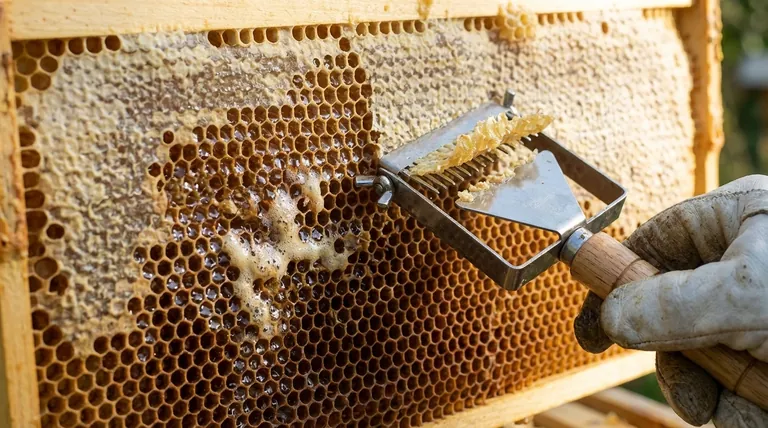
The Critical Distinction: Bee Behavior vs. Beekeeper Action
It is essential to distinguish between the two contexts for "uncapping." This term means one thing for bees and something entirely different for beekeepers.
For Bees: A Sign of Unfinished Work
For a honey bee colony, capping honey is the final step in a long process. They will not seal a cell until its contents are "cured," meaning the water content is reduced to below 18.6%.
If honey is left uncapped, it's because the bees have identified that it still has too much water. They are actively working to dehydrate it and will not seal it prematurely.
For Beekeepers: A Necessary Step for Extraction
For a beekeeper, "uncapping" is the manual process of removing the protective wax cappings from cured honeycomb. This must be done to allow the honey to be spun out during extraction. This is a human intervention, not a natural bee behavior.
Why Bees Won't Cap "Wet" Honey
A bee's survival through winter depends on a stable, preserved food source. Capping high-moisture honey would be a catastrophic mistake for the colony.
The Problem of High Moisture
Nectar collected from flowers can have a water content of 80% or more. Through fanning their wings and repeatedly handling the nectar, bees dehydrate it until it becomes honey with a moisture level below 18.6%. Only then is it safe to store.
The Threat of Fermentation
If honey with a high water content is sealed in a cell, naturally occurring yeasts will begin to feed on its sugars. This process, fermentation, produces alcohol and carbon dioxide gas.
The Consequence: Burst Cappings
As carbon dioxide builds up inside the sealed wax cell, the pressure increases until the cap is ruptured or blown completely off. The fermenting honey then foams and leaks out, running down the comb and spoiling nearby cells. This is why bees instinctively avoid capping honey until it is perfectly cured.
Common Causes of High Moisture in the Hive
If you observe large areas of uncapped honey for an extended period, it often points to an underlying issue the bees are struggling to overcome.
High Environmental Humidity
During prolonged periods of rainy weather or in regions with very high ambient humidity, bees have a much harder time dehydrating nectar. The air is already saturated with moisture, making evaporation slow and difficult.
A Weak or Small Colony
A strong, populous colony has a large workforce to fan its wings and generate airflow. This collective effort is crucial for hive ventilation and moisture removal. A small or weak colony may lack the bee power to cure honey efficiently.
Poor Hive Ventilation
A hive that lacks adequate ventilation can trap warm, moist air. This creates an internal microclimate with high humidity, working against the bees' efforts to dry the nectar.
Making the Right Diagnosis for Your Hive
Observing uncapped honey is a diagnostic tool. Your response should depend on the specific context and other signs within the hive.
- If your primary focus is a routine inspection during a nectar flow: Patches of uncapped cells are normal, as this is honey "in progress."
- If your primary focus is diagnosing a persistent problem: Large, wet-looking areas that remain uncapped for weeks indicate the colony is struggling to cure the honey, likely due to humidity or low population.
- If your primary focus is identifying a critical failure: Foaming, leaking honey with a sour or alcoholic smell means fermentation has already begun, the honey is spoiled, and you must investigate the root cause.
Ultimately, uncapped honey is a form of communication, telling you about the hive's health and its battle against the environment.
Summary Table:
| Situation | What It Means for Your Hive |
|---|---|
| Patches of uncapped honey during nectar flow | Normal; honey is still being cured. |
| Large, persistently uncapped areas | Problem: High humidity or weak colony struggling to dehydrate honey. |
| Foaming, leaking honey with sour smell | Critical failure: Fermentation has started; honey is spoiled. |
Is your apiary struggling with honey curing or hive ventilation? HONESTBEE supplies commercial apiaries and beekeeping equipment distributors with the durable, wholesale-focused supplies needed to maintain strong, productive colonies. From ventilation aids to extraction equipment, we provide the tools for success. Contact our experts today to discuss your hive management needs and wholesale pricing.
Visual Guide

Related Products
- Adjustable Stainless Steel Honey Uncapping Fork with Scraper for Beekeeping
- Professional Honey Uncapping Roller for Efficient Harvesting
- Stainless Steel Dual Blade Uncapping Plane
- All Stainless Steel Double Sided Pivoting Honey Uncapping Fork
- Professional Stainless Steel Double-Sided Honey Uncapping Knife
People Also Ask
- What are the advantages of an uncapping fork? Achieve Precision Honey Harvesting for Your Apiary
- What is the use of an uncapping fork? A Precision Tool for Hive Management and Honey Harvesting
- What is the best method for uncapping honey? A Guide to Speed vs. Comb Preservation
- What to use to uncap honey? Choose the Right Tool for Your Apiary
- What is an uncapping fork? A Precision Tool for Efficient Honey Harvesting
